

Crash Restraint. When attaching support lines to a harness for suspension, I use a novel method that people frequently ask me about, and I've been meaning to document for a long time.
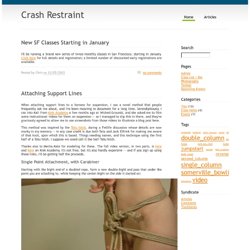
Serendipitously, I ran into Kali from Kink Academy a few months ago at Wicked Grounds, and she asked me to film some instructional videos for them on suspension -- so I managed to slip this in there, and they've graciously agreed to allow me to use screenshots from those videos to illustrate a blog post here. This method was inspired by the Tatu hitch , during a Fetlife discussion whose details are now murky in my memory -- in any case credit is due both Tatu and Jack Elfrink for making me aware of that knot, upon which this is based.
Things needing names, and this technique using the first half of a Tatu hitch, I suppose we could call it the half-Tatu hitch. Thanks also to Mecha-Kate for modeling for these. The full video version, in two parts, is here and here on Kink Academy. Single Point Attachment, with Carabiner. Kinbaku / Shibari Terms by Tatu. Return to Home | Tutorials.
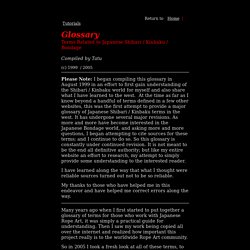
Hon Kikkou. Hon Kikkou Tortoise Shell Advanced Rope Lesson by Tatu (c) 2001, Revised 2007 Model - "yumi" Photos by Quietmstr (c) 2005 Tatu Publications This is probably one of the loveliest designs to learn.
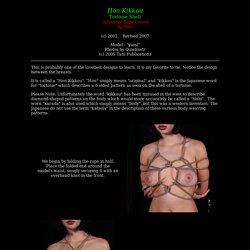
It is my favorite to tie. Notice the design between the breasts. It is called a "Hon Kikkou". Please Note: Unfortunately the word "kikkou" has been misused in the west to describe diamond shaped patterns on the body which would more accurately be called a "hishi". All content & design © 1995-2020, TPPI and its affiliates and assigns and licensors, unless otherwise noted. "DsARts", "The Academy of DsARts", "Academy of D/s Arts, Japanese Rope ARt, and "The ARt of Geisha", "The Geisha Files", "The Way of Rope" are copyright titles, logos and signatures of TPPI. Unauthorized use is a willful infringement upon my rights under 17 U.S.C. All Models are at least 21 years old. Marai Masato wrist tie. How to not be creepy. My name is Holly Pervocracy, and I used to be a creep.

Not the worst kind of creep; I was certainly never dangerous, and it wasn't to the point where I drove everyone away, but I was definitely called creepy a few times. And given the side-eye-while-edging-away a few more times. I had a strong and unusual sex drive, a tendency to be attracted to pretty much everyone I was friends with and a lot of people I wasn't, and didn't know how to express these appropriately. I made jokes that weren't jokes about "ha ha, we should totally make out right now, wouldn't that be hilarious," I shared my fetishes too loudly and way too publicly, and I expressed attraction by puppydogging my crushes pathetically. I gave people the goddamn creeps. KinkyClover » Rope Space – Programmed Preconceptions. Rope Space – Programmed Preconceptions Rope at the moment seems to be the new black.
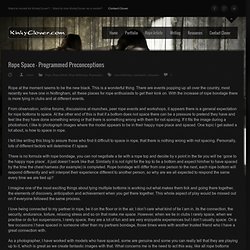
This is a wonderful thing. KinkyClover » Nerve and Circulation Problems. Nerve and Circulation Problems.
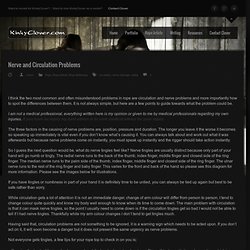
Vector Forces. Vector forces become apparent whenever there is an internal angle greater than 0° between two or more rigging components or anchorage points.
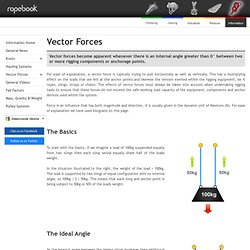
For ease of explanation, a vector force is typically trying to pull horizontally as well as vertically. This has a multiplying effect on the loads that are felt at the anchor points and likewise the tension exerted within the rigging equipment, be it ropes, slings, strops or chains. The effects of vector forces must always be taken into account when undertaking rigging tasks to ensure that these forces do not exceed the safe working load capacity of the equipment, components and anchor devices used within the system.
Force is an influence that has both magnitude and direction, it is usually given in the dynamic unit of Newtons (N). For ease of explanation we have used kilograms on this page. The Basics In the situation illustrated to the right, the weight of the load = 100kg. The Ideal Angle The 'OK' Angle The Critical Angle. Nerve and Circulation Problems. I think the two most common and often misunderstood problems in rope are circulation and nerve problems and more importantly how to spot the differences between them.
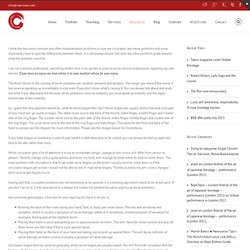
It is not always simple, but here are a few points to guide towards what the problem could be. I am not a medical professional, everything written here is my opinion or given to me by medical professionals regarding my own injuries. If you have an injury my best advice is to seek medical advice for your injury. The three factors in the causing of nerve problems are, position, pressure and duration. The longer you leave it the worse it becomes so speaking up immediately is vital even if you don’t know what’s causing it. Carabiners, Part 3 - Properties. The point of this mini-series on carabiners is to understand how different aspects and qualities of a carabiner affect its usefulness in technical rescue rigging.
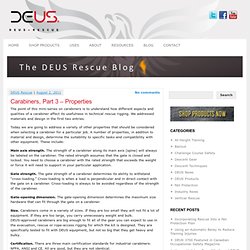
We addressed materials and design in the first two entries. Today we are going to address a variety of other properties that should be considered when selecting a carabiner for a particular job. A number of properties, in addition to material and design, determine the suitability to specific tasks and compatibility with other equipment. These include: Main axis strength. Gate strength. Gate-opening dimension. Size. Certification. CE and ANSI require a minimal main axis strength of 22 kN (4,946 lbs).